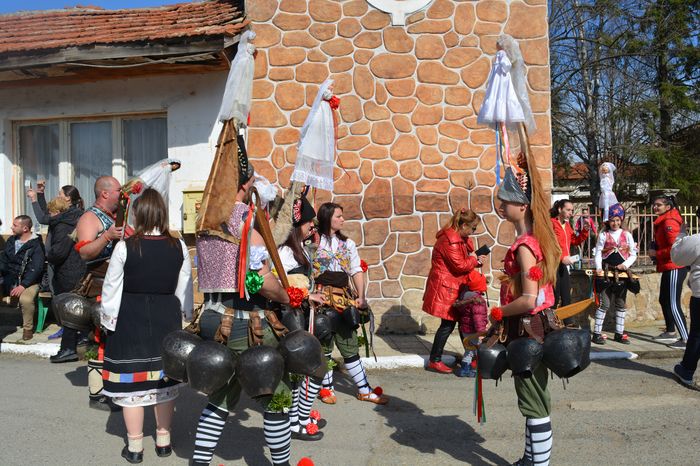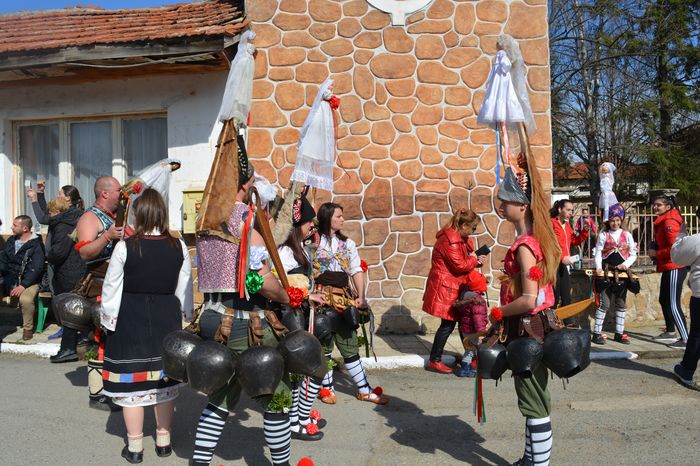The Church “Sveti Apostoli Petur & Pavel” Witness to Historic Milestones
Situated at the foot of the Northern side of Tsaravets hill, the Church “Sveti Apostoli Petur & Pavel” holds immense significance in Bulgarian history. It has witnessed pivotal moments such as the appointment of Knaz Alexander Battenburg in 1879 and the Uniting of Bulgaria after the Russian-Turkish war, along with the proclamation of Independence in 1908.
Architectural Evolution and Restoration
Built by Tzar Kaloian to commemorate his signing of the Papal edict joining the Orthodox church with the Roman Catholic church in 1204, the church underwent later modifications, including the addition of a monastery by the wife of Tzar Asen the Second. Despite sustaining damage in the 1913 earthquake, the church was meticulously restored by architect B. Kuzupov, preserving its original intricate frescoes.
The Church “Sveti Georgi” A Testament to Time
Located on the right bank of the river, south of the church “Sveti Dimitur,” the early structure of the Church “Sveti Georgi” dates back to the mid-13th century under Tzar Ivan Alexander’s rule. The present-day church features frescoes from the early 17th century, offering a glimpse into its architectural evolution over centuries Private Turkey Tours.
A Hub of Trade and Diversity
Nestled in a wide turn of the Yantra river southeast of Tsaravets lies the area known as the Frenkhisar. While not fully excavated, this district unveils a bustling commercial hub where foreign traders and merchants once thrived. Artifacts showcasing a diverse cultural tapestry typical of commercial areas have been unearthed, alongside buildings housing local council and government offices.
A Sanctuary of Spiritual Reflection
Situated south of Tsaravets and Trapezitsa, Sveta Gora, or the Sacred Forest, derives its name from its association with Eastern European Christianity. Revered as a site for numerous monasteries, it provided a retreat for the religious and philosophical elite of society within close proximity to the bustling city center, symbolizing the harmonious coexistence of spirituality and urban life.



